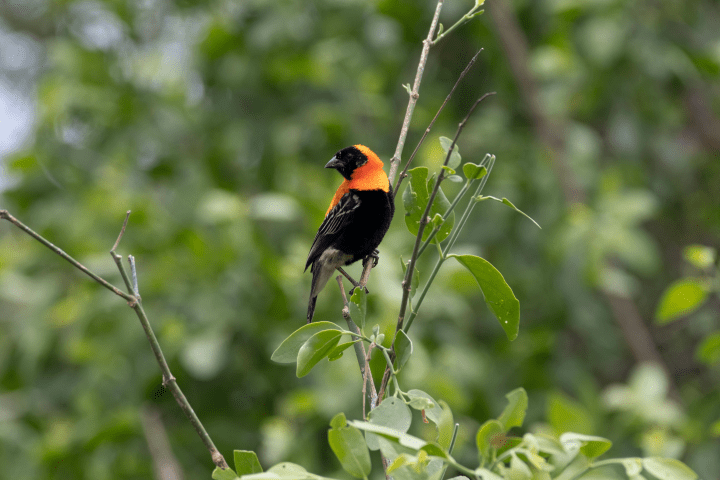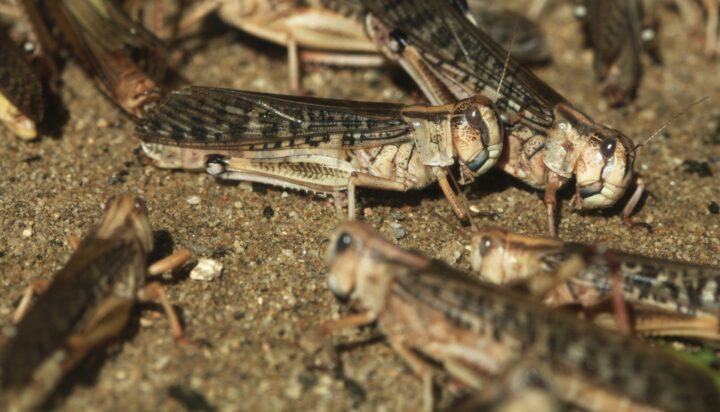Protect From Animals
Animals–organisms that range from microscopic to larger than a bus–embody a wide variety of harms to living systems, including other animals. They threaten through predation, herbivory, defense, and parasitism, and they compete for resources such as water, nutrients, and space. Any given living organism commonly faces threats from a variety of animals, requiring strategies that effectively defend from each. Trout and other bony fish, for example, escape predators by having scales made of very thin, flake-like pieces of bone covered with slippery mucus. They also have behavioral strategies such as camouflage, fast swimming, and twisting and turning to achieve release from a predator’s grip.
Sense Touch and Mechanical Forces in a Living System
Perceiving touch enables living systems to detect other living systems around them and environmental conditions, such as air movement, water currents, and temperature. This ability can help them sense danger as well as opportunity, as when a Venus flytrap’s hairs sense the presence of an insect to eat. Sometimes, a living system senses touch or mechanical forces at a coarse scale; other times, at a sensitive scale that detects very subtle differences. For example, a human elbow is not nearly as sensitive to textures as human fingertips. Fingertips have dermal ridges and many nerve endings that increase sensitivity, enabling them to explore the environment in detailed ways. Elbows don’t need to sense at that level of detail.






